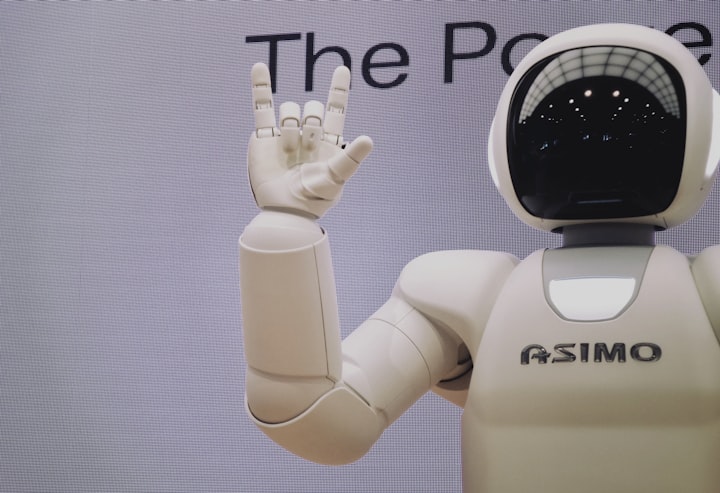Technology
Transforming Tomorrow: The Cutting-Edge Innovations Shaping Our Digital World

Technology is the application of knowledge for achieving practical goals in a reproducible way.[1] The word technology can also mean the products resulting from such efforts,[2]: 117 [3] including both tangible tools such as utensils or machines, and intangible ones such as software. Technology plays a critical role in science, engineering, and everyday life.
Technological advancements have led to significant changes in society. The earliest known technology is the stone tool, used during prehistoric times, followed by the control of fire, which contributed to the growth of the human brain and the development of language during the Ice Age. The invention of the wheel in the Bronze Age allowed greater travel and the creation of more complex machines. More recent technological inventions, including the printing press, telephone, and the Internet, have lowered barriers to communication and ushered in the knowledge economy.
Technology is a term dating back to the early 17th century that meant 'systematic treatment' (from Greek Τεχνολογία, from the Greek: τέχνη, romanized: tékhnē, lit. 'craft, art' and -λογία, 'study, knowledge').[4][5] It is predated in use by the Ancient Greek word tékhnē, used to mean 'knowledge of how to make things', which encompassed activities like architecture.[6]
Starting in the 19th century, continental Europeans started using the terms Technik (German) or technique (French) to refer to a 'way of doing', which included all technical arts, such as dancing, navigation, or printing, whether or not they required tools or instruments.[2]: 114–115 At the time, Technologie (German and French) referred either to the academic discipline studying the "methods of arts and crafts", or to the political discipline "intended to legislate on the functions of the arts and crafts."[2]: 117 Since the distinction between Technik and Technologie is absent in English, both were translated as technology. The term was previously uncommon in English and mostly referred to the academic discipline, as in the Massachusetts Institute of Technology.[7]
: Prehistoric technology
refer to caption
A person holding a hand axe

Tools were initially developed by hominids through observation and trial and error.[8] Around 2 Mya (million years ago), they learned to make the first stone tools by hammering flakes off a pebble, forming a sharp hand axe.[9] This practice was refined 75 kya (thousand years ago) into pressure flaking, enabling much finer work.[10]
The discovery of fire was described by Charles Darwin as "possibly the greatest ever made by man".[11] Archaeological, dietary, and social evidence point to "continuous [human] fire-use" at least 1.5 Mya.[12] Fire, fueled with wood and charcoal, allowed early humans to cook their food to increase its digestibility, improving its nutrient value and broadening the number of foods that could be eaten.[13] The cooking hypothesis proposes that the ability to cook promoted an increase in hominid brain size, though some researchers find the evidence inconclusive.[14] Archaeological evidence of hearths was dated to 790 kya; researchers believe this is likely to have intensified human socialization and may have contributed to the emergence of language.[15][16]

Other technological advances made during the Paleolithic era include clothing and shelter.[17] No consensus exists on the approximate time of adoption of either technology, but archaeologists have found archaeological evidence of clothing 90-120 kya[18] and shelter 450 kya.[17] Paleolithic era progressed, dwellings became more sophisticated and more elaborate; as early as 380 kya, humans were constructing temporary wood huts.[19][20] Clothing, adapted from the fur and hides of hunted animals,
The ancient Romans also had a complex system of aqueducts,[47] which were used to transport water across long distances.[47] The first Roman aqueduct was built in 312 BCE. The eleventh and final ancient Roman aqueduct was built in 226 CE
About the Creator
Zabih Ullah
🚀 Expertise:
✔ E-commerce Strategy
✔ Digital Marketing
✔ Website Optimization
✔ Affiliate Marketing
✔ Customer Engagement
Feel free to customize and expand on this bio as needed to best represent your online business identity.






Comments (1)
Good